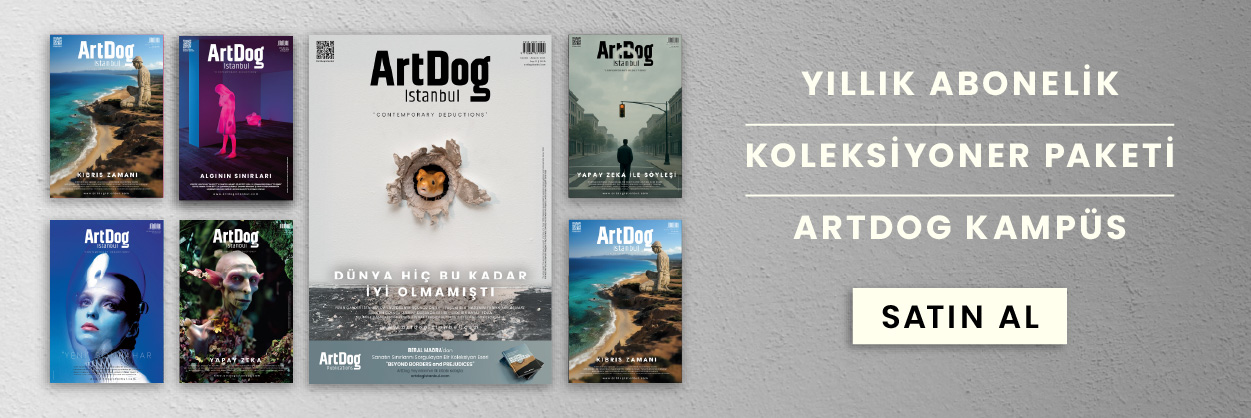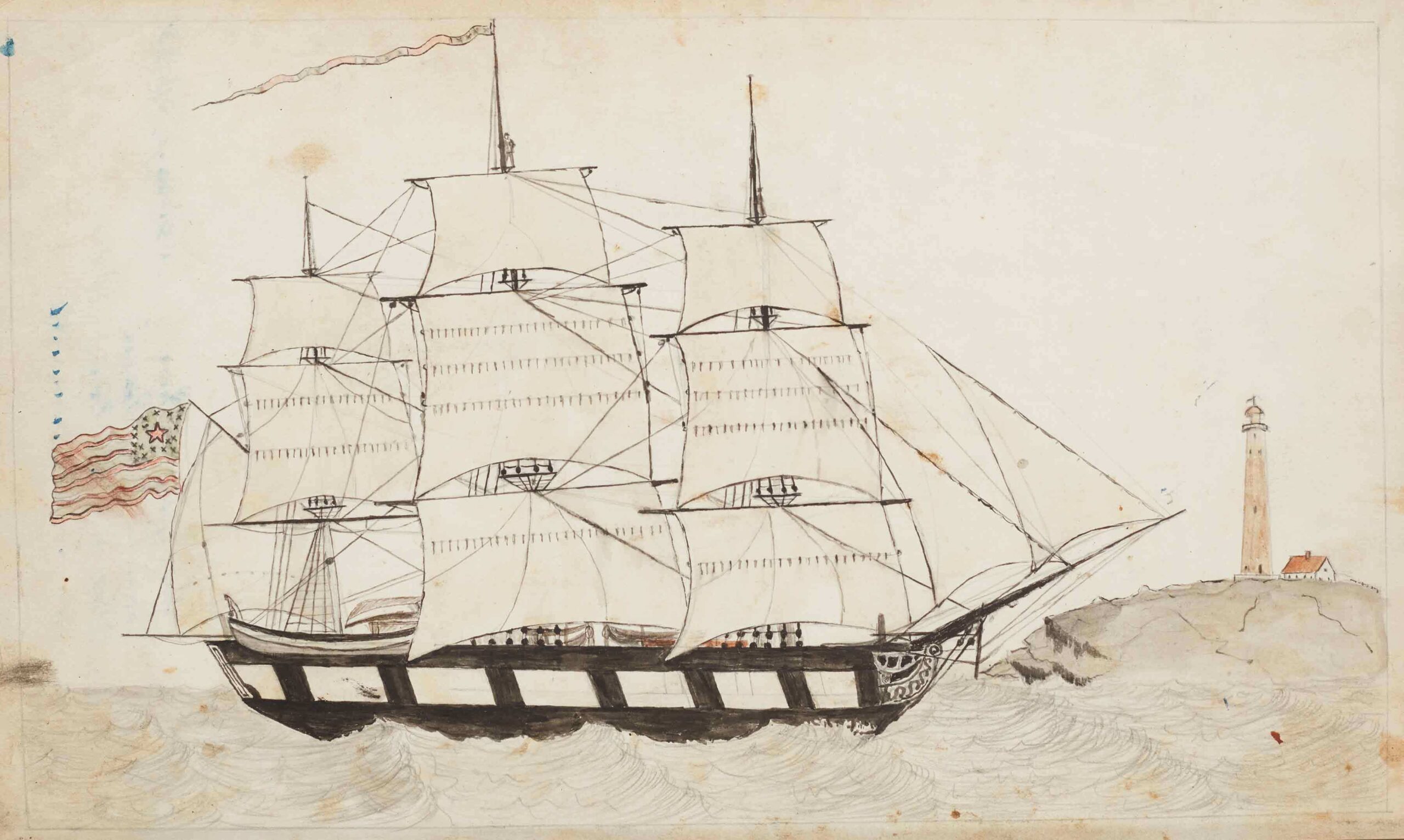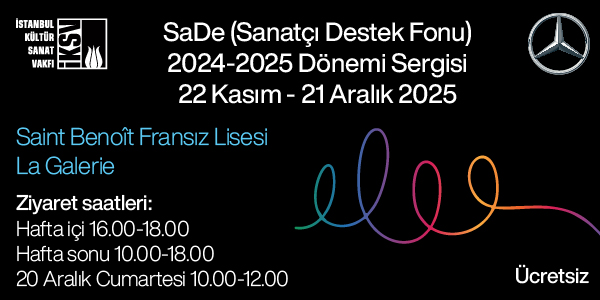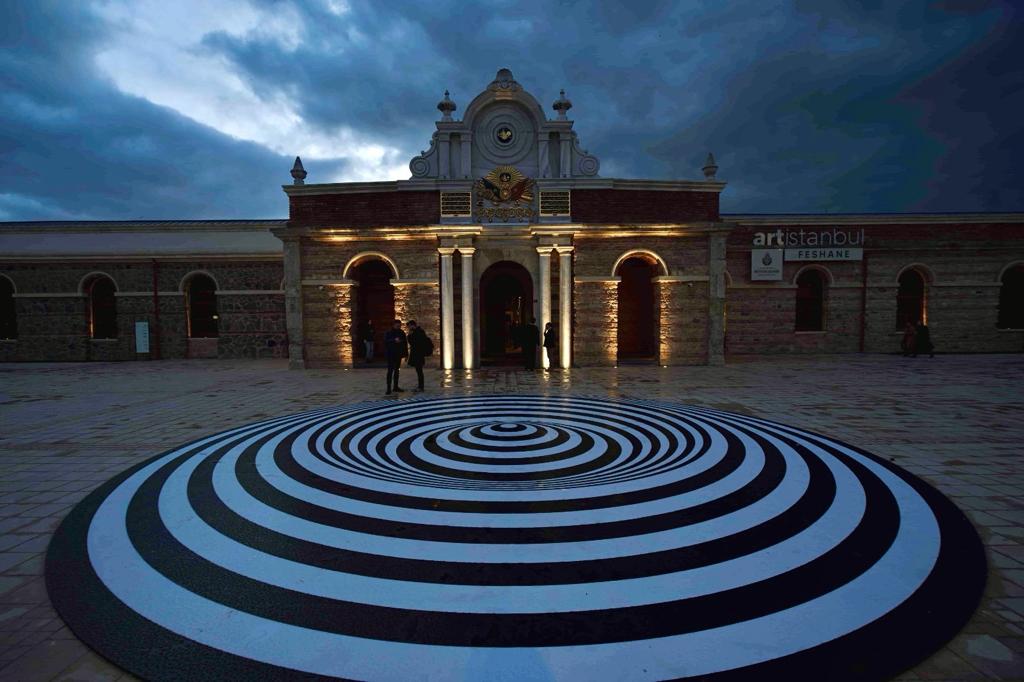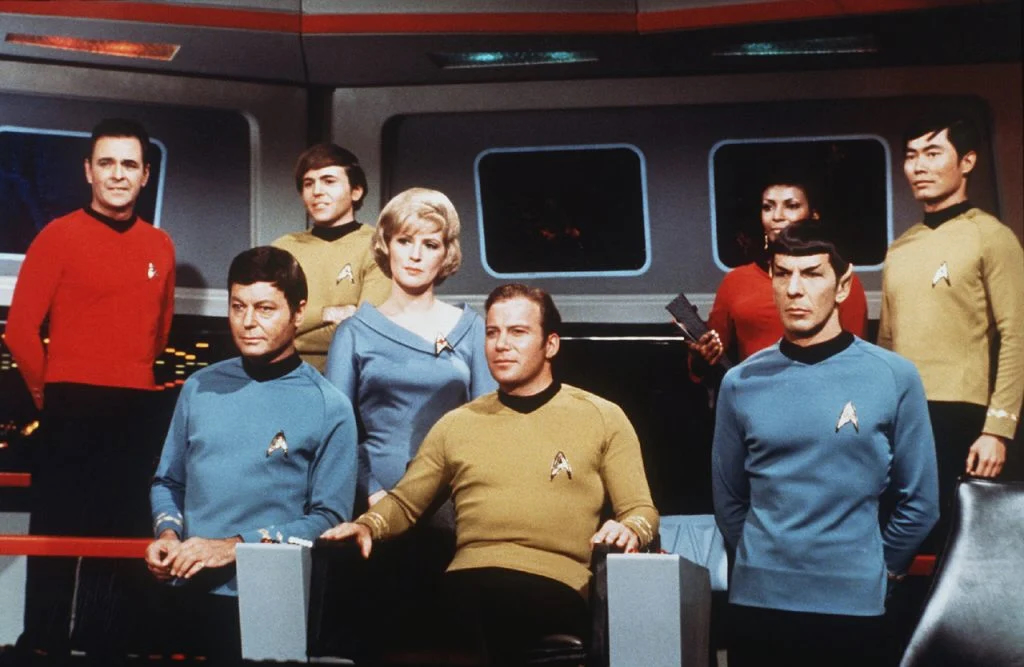In the hallowed halls of the Peabody Essex Museum, “Draw Me Ishmael” presents a compelling argument for Herman Melville’s Moby Dick as America’s most illustrated novel. Despite its now formidable presence in the literary canon, Moby Dick was initially met with scorn and neglect upon its 1851 release. The London Literary Gazette dismissed it as “wantonly eccentric and outrageously bombastic,” predicting readers might wish Melville and his whales to the depths.
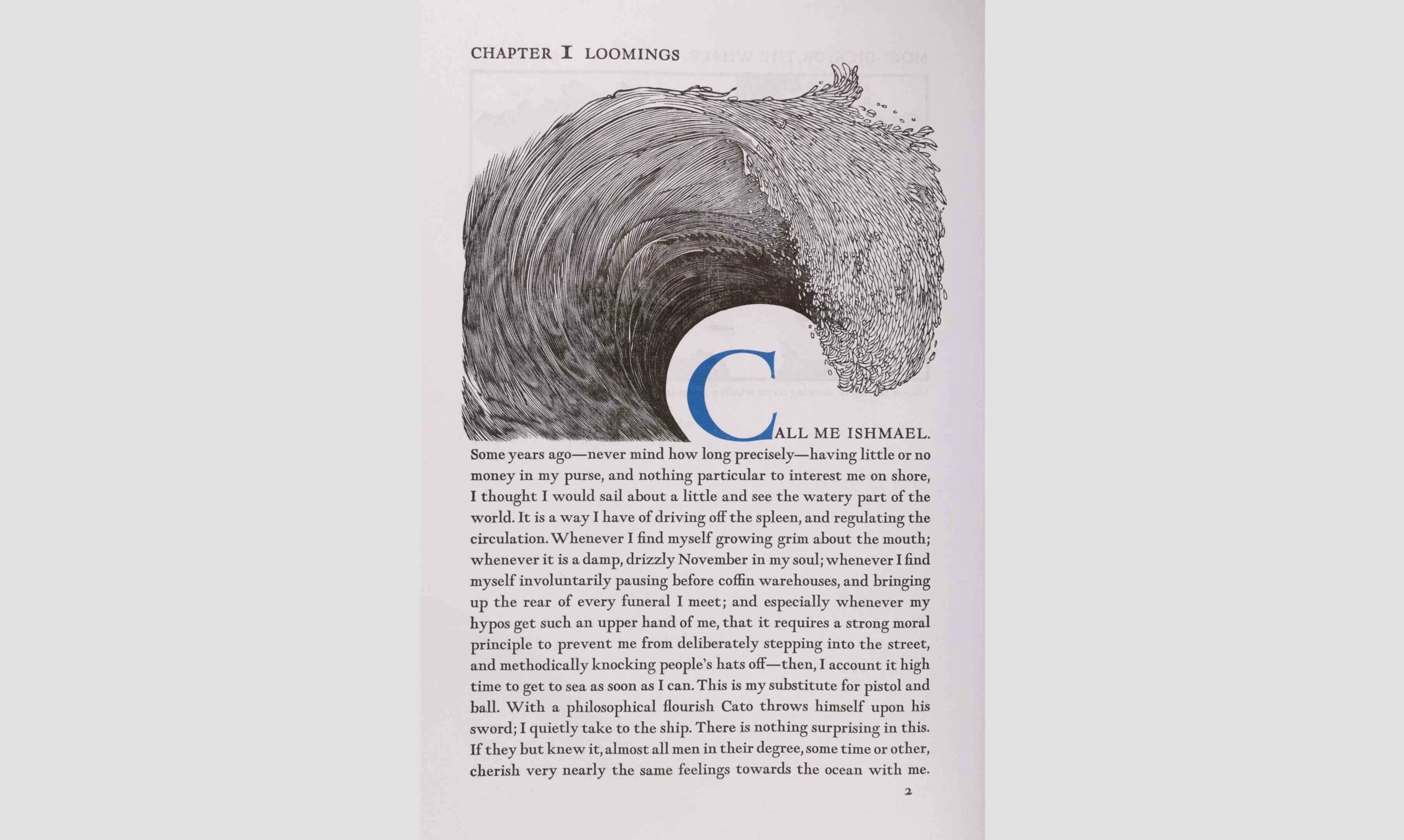
It wasn’t until the 100th anniversary of Melville’s birth that American critics and authors resurrected the novel, aided significantly by illustration. A notable contribution was Lakeside Press’s 1930 edition, adorned with Rockwell Kent’s 280 faux-woodcut drawings, which captured the whalers’ intimate world and rendered the novel’s epic struggle with a biblical grandeur. Lakeside’s director of design, William Kittredge, was so confident in this illustrated edition’s greatness that he vowed to leap into a lake if it proved otherwise—a confidence that curator Dan Lipcan affirms.
Lipcan’s exhibition, nestled within the maritime-rich collection of the Phillips Library, explores the manifold ways artists and publishers have engaged with Melville’s masterwork. “Moby Dick is a rich tapestry of ideas and concepts about humanity’s place in the world,” Lipcan notes. “Each generation extracts different elements to reflect contemporary ideas. This exhibition showcases the novel’s profound inspiration.”

“Draw Me Ishmael: The Book Arts of Moby Dick” is an intimate two-room affair, featuring graphic novels, pop-up books, paintings, and sumptuous cover art. The exhibition contextualizes Moby Dick with maps and logbook drawings, transporting visitors back to 1851, when whaling was America’s fifth-largest industry, at its gory peak. Melville’s own 18-month stint aboard Nantucket’s Acushnet, which he deserted in French Polynesia, is marked by a logbook showing a tiny figure fleeing—perhaps Melville himself. The exhibition’s entry juxtaposes the Acushnet’s journey with that of Melville’s fictional Pequod, and a linocut by Randall Enos recounts the legend of Mocha Dick, the real-life albino sperm whale that inspired the novel.
The exhibition’s depth is matched by its breadth, displaying lesser-known editions alongside iconic ones. Alex Katz’s minimalist line drawings, Mead Schaeffer’s first color edition, and LeRoy Neiman’s vivid 1975 rendition illustrate the novel’s vast artistic reach. Penguin Classics, Barnes & Noble, and Wordsworth Editions make appearances, as do more unusual takes—a Mexican graphic novel, a Huckleberry Finn crossover, and accordion books capturing every whale in the novel.
Attempting to exhaustively catalog Moby Dick’s illustrations is as quixotic as hunting the white whale itself. As Pequod’s first mate wisely remarked, “Only a fool would try it.”

